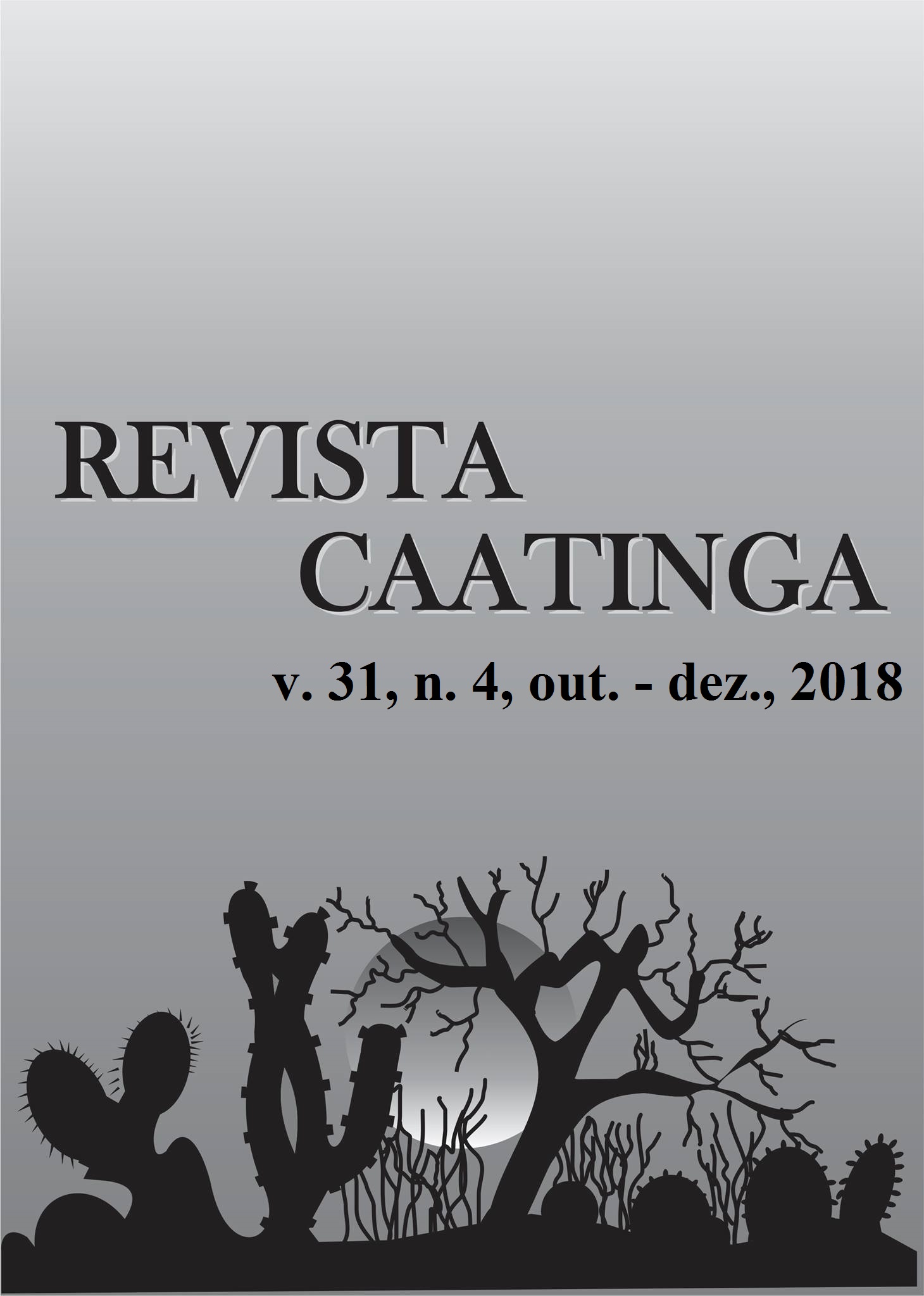YIELD OF CHICKPEAS SOWN AT DIFFERENT TIMES
DOI:
https://doi.org/10.1590/1983-21252018v31n412rcKeywords:
Cicer arietinum. Leguminosae. Winter crops. BRS Aleppo.Abstract
In Brazil, studies on chickpeas (Cicer arietinum L.) have demonstrated the high productive potential of this crop, especially in the Cerrado areas of Cristalina, GO, and Brasília, DF. Due to dry winter climatic conditions, the North of Minas Gerais may be very suitable for the production of this crop. However, more information on chickpea sowing dates is needed. Therefore, the objective of the present study was to evaluate different chickpea sowing times in two municipalities of Minas Gerais State in Brazil: Montes Claros and Januária. The experiment was carried out in a randomized block design, comprising three sowing dates (12 May, 23 June, and 22 July, 2015), and seven replications. The cultivar used was BRS Aleppo, and the chickpeas were harvested 121 days after sowing. The variables evaluated included plant height, productivity, number of pods with one grain, and number of pods with two grains. The data were submitted to analysis of variance, and joint analysis of the experiments was performed. The highest yields were obtained when chickpeas were sown in May in Montes Claros, with a yield of 5.3 t ha-1. In Januária, chickpeas sown in May and June produced yields greater than 3.0 t ha-1. The plants sown in July, considered late for planting, were harvested during the rainy season, which compromised the quality and yield of the grains. In addition, maximum temperatures above 30ºC were recorded from September onwards in both locations, which also resulted in a reduction in the number of grains per plant. Thus, this sowing season is not recommended in the studied region.
Downloads
Downloads
Published
Issue
Section
License
Os Autores que publicam na Revista Caatinga concordam com os seguintes termos:
a) Os Autores mantêm os direitos autorais e concedem à revista o direito de primeira publicação, com o trabalho simultaneamente licenciado sob a Licença Creative Commons do tipo atribuição CC-BY, para todo o conteúdo do periódico, exceto onde estiver identificado, que permite o compartilhamento do trabalho com reconhecimento da autoria e publicação inicial nesta revista, sem fins comerciais.
b) Os Autores têm autorização para distribuição não-exclusiva da versão do trabalho publicada nesta revista (ex.: publicar em repositório institucional ou como capítulo de livro), com reconhecimento de autoria e publicação inicial nesta revista.
c) Os Autores têm permissão e são estimulados a publicar e distribuir seu trabalho online (ex.: em repositórios institucionais ou na sua página pessoal) a qualquer ponto antes ou durante o processo editorial, já que isso pode gerar alterações produtivas, bem como aumentar o impacto e a citação do trabalho publicado (Veja O Efeito do Acesso Livre).







